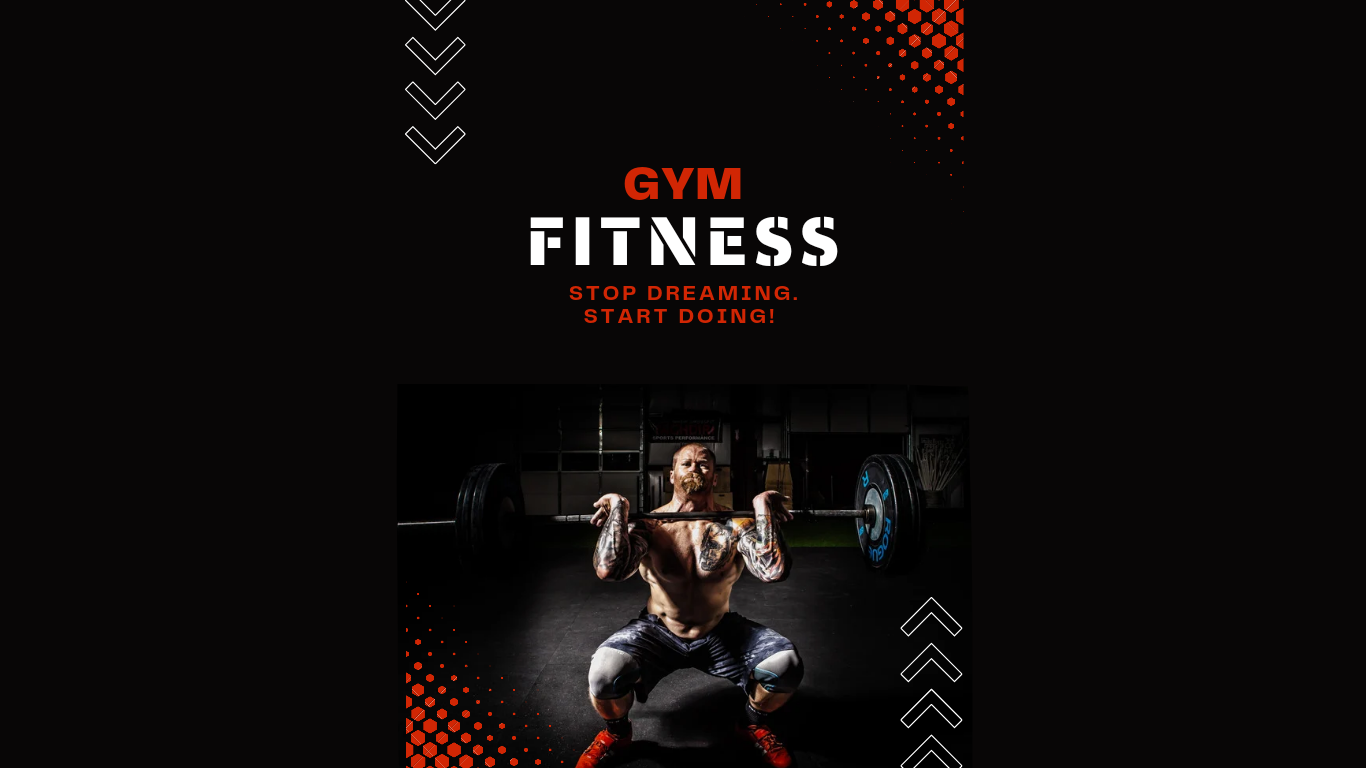PHYSICAL FITNESS
physical fitness introducrion
Physical fitness is a state of health and well-being that enables you to perform daily activities, sports, and occupational tasks efficiently and effectively. It involves several key components
Achieving physical fitness typically involves a combination of regular exercise, proper nutrition, and adequate rest12. Exercise can be categorized into various types, such as aerobic (e.g., running, swimming), anaerobic (e.g., weightlifting), and flexibility exercises (e.g., stretching, yoga).
Physical fitness not only enhances physical health but also has positive effects on mental health, helping to reduce stress, anxiety, and depression2. It can also improve sleep quality and overall mood.
Would you like to know more about any specific aspect of physical fitness or need tips on how to get started with a fitness routine?
what are the 5 basic physical fitness
The five basic components of physical fitness are essential for assessing an individual’s overall fitness level. These components are:
1. Cardiovascular Endurance:This is the ability of the heart, lungs, and circulatory system to supply oxygen and nutrients to the muscles during prolonged physical activity. It reflects how well the body can perform activities like running, cycling, swimming, and other aerobic exercises over an extended period.
2. Muscular Strength: Muscular strength is the maximum amount of force that a muscle or group of muscles can produce in a single effort. This component is typically measured through exercises like weightlifting, where the focus is on the ability to lift or move heavy objects.
3. Muscular Endurance:This refers to the ability of a muscle or group of muscles to perform repeated contractions over time without becoming fatigued. Activities like push-ups, sit-ups, and cycling are examples where muscular endurance is important.
4. Flexibility: Flexibility is the range of motion available at a joint or group of joints. It is important for performing activities that require bending, stretching, and reaching. Flexibility can be improved through stretching exercises, yoga, and Pilates.
5. Body Composition: Body composition refers to the proportion of fat and lean mass (muscles, bones, organs, etc.) in the body. It is usually assessed using methods like skinfold measurements, bioelectrical impedance analysis, or dual-energy X-ray absorptiometry (DEXA) scans. Maintaining a healthy body composition is important for overall health and fitness.
.What is physical fitness simple word?
How to Build a Strong and Health Body
Building a strong and healthy body is a goal that many people strive for. Whether you’re looking to gain muscle, lose weight, or simply improve your overall fitness, bodybuilding can help you achieve these goals. In this post, we’ll cover the essential steps to get started on your bodybuilding journey.
1. Set Clear Goals

2. Proper Nutrition

3. Consistent Training

4. Get Enough Rest

5. Monitor Your Progress
6. Avoid Injuries

Conclusion

